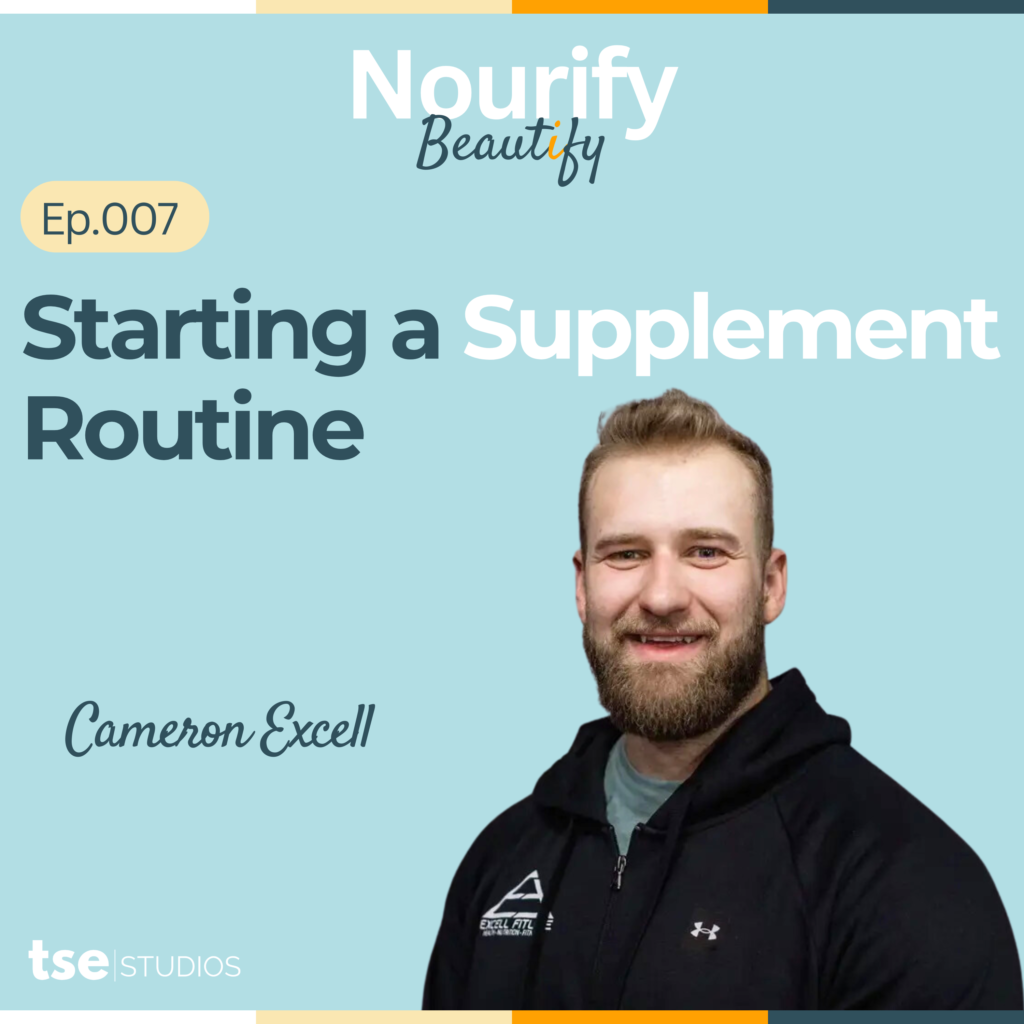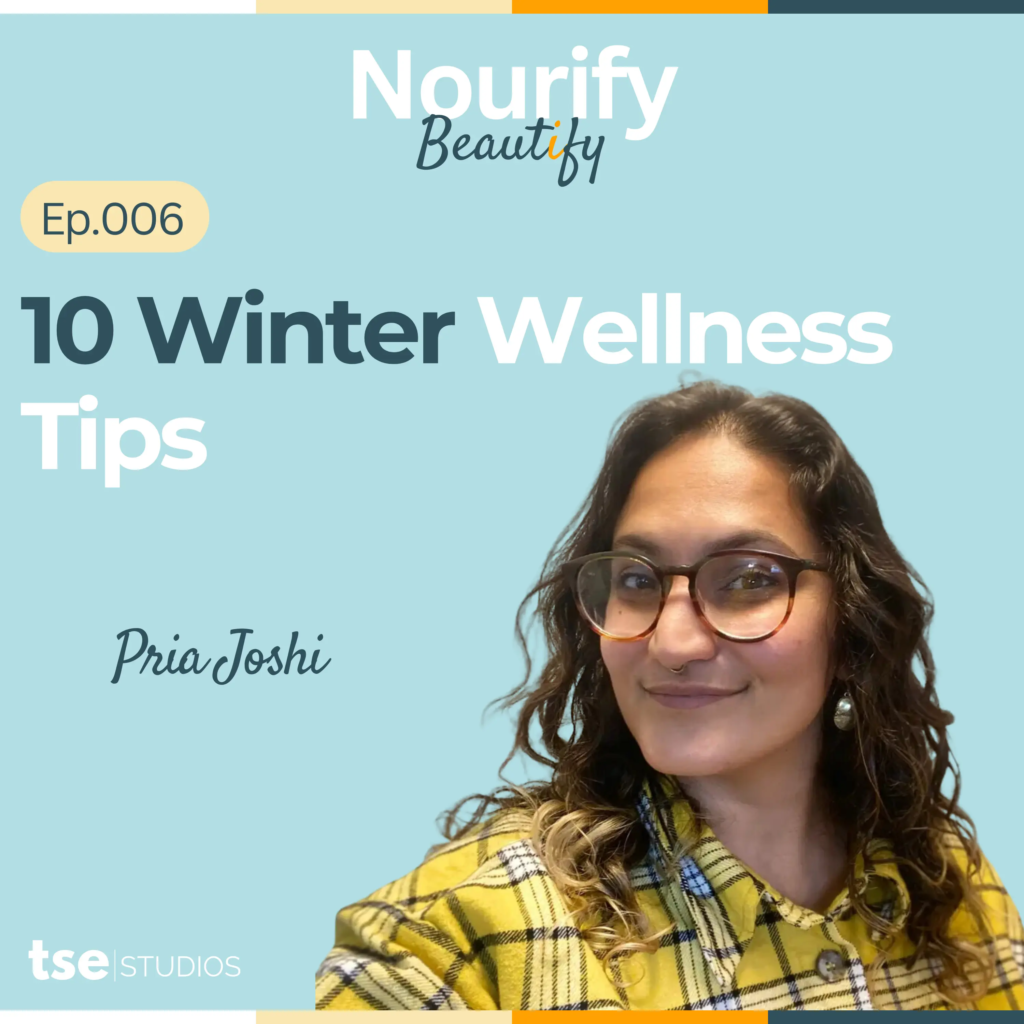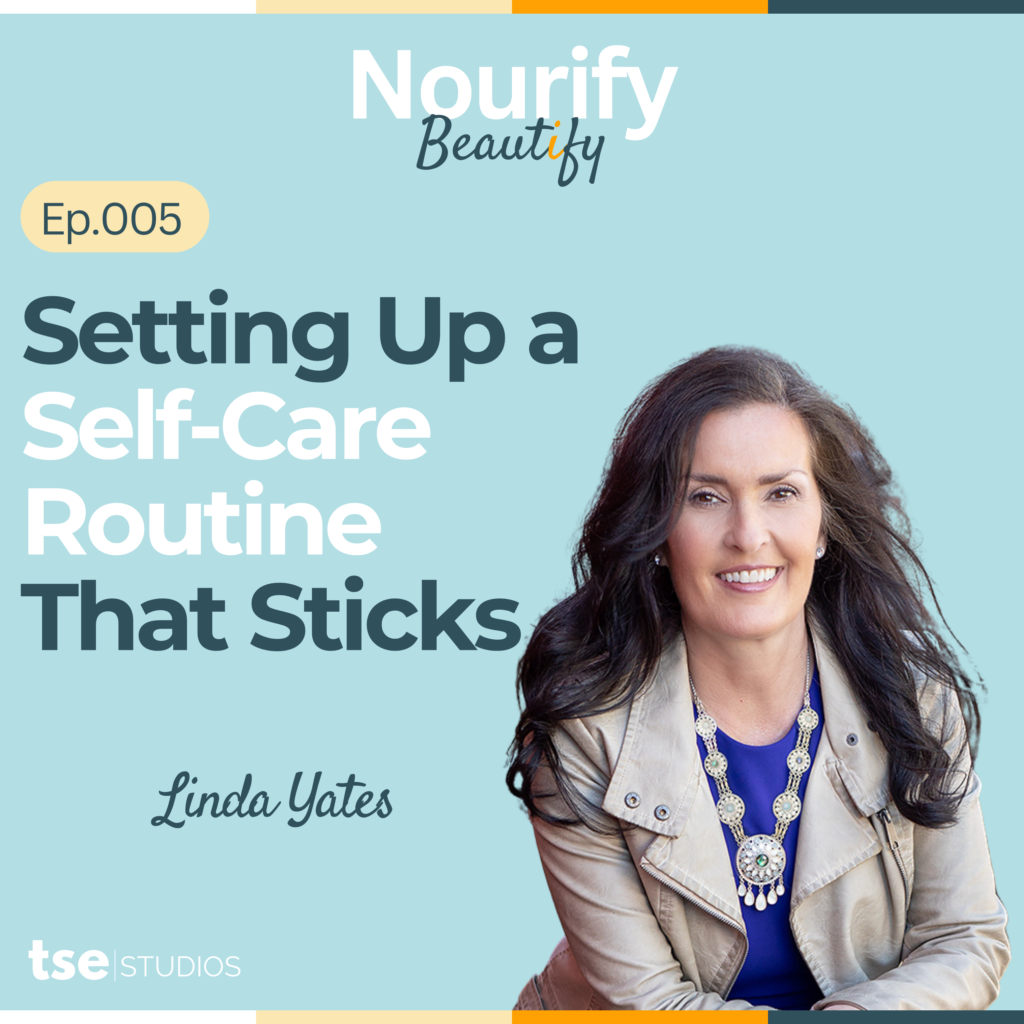Clean or Just Clean-Looking? Unmasking Greenwashing in Skincare
The clean beauty trend didn’t just appear out of nowhere—it came from rising consumer demand for transparency, sustainability, and health-conscious choices in personal care. You see “non-toxic,” “natural,” and “eco-friendly” on skincare labels everywhere now, promising safety and purity with every pump of moisturizer. But as the clean movement gained momentum, so did a slippery marketing tactic: greenwashing. Suddenly, every brand wants to look clean—even when they aren’t. So how do you know if your favorite cleanser is actually clean or just wearing a green disguise? What does ‘clean beauty’ really mean? The term “clean beauty” sounds straightforward, but it’s anything but. Unlike organic food, which has strict regulatory standards, there’s no universal definition of “clean” in the skincare world. One brand might define it as free from parabens and sulfates, while another might include fragrance and synthetic preservatives but claim the product is still “non-toxic.” This vagueness opens the door for brands to create their own definitions—and conveniently leave out what doesn’t suit them. Without official oversight, “clean” can become a branding tool more than a commitment to safety or sustainability. And when that happens, greenwashing finds its way in. The telltale signs of greenwashing in skincare Greenwashing happens when brands put more effort into looking sustainable or ethical than actually being those things. And the beauty industry has mastered the aesthetic of clean. One of the most common tactics is using vague, unregulated buzzwords like “green,” “eco,” or “non-toxic.” These terms carry emotional weight, but they’re often not backed by any scientific or regulatory basis. If there’s no clear explanation of what makes the product safe or environmentally friendly, that’s a red flag. Another big clue? Packaging. Products decked out in sage greens, leaf motifs, and recycled paper labels feel trustworthy at first glance. The minimalist design trend in skincare has trained us to associate clean design with clean ingredients, even if the contents are full of synthetic fillers or questionable compounds. Then there’s ingredient transparency—or lack of it. Brands may highlight a few star ingredients (like aloe or chamomile) but gloss over less desirable ones tucked into the full ingredient list. They might use scientific names most people won’t recognize or distract from synthetic preservatives and silicones with flowery marketing language. Why greenwashing works—and why it’s dangerous Greenwashing works because it appeals to our desire to feel good about our purchases. When consumers see “sustainable,” “natural,” or “plant-based” on a bottle, they assume the brand has done the work to earn those words. Most don’t have time to dig into every ingredient or supply chain claim, so we rely on packaging and messaging. But the consequences of greenwashing run deeper than a disappointing moisturizer. It erodes trust across the industry, making it harder for truly transparent, clean brands to stand out. It also slows down real progress toward healthier formulas and more sustainable practices. If companies can profit by appearing clean without changing anything, they have no incentive to improve. How to tell if a skincare brand is truly clean It takes a little detective work to sort genuine clean beauty from clever marketing, but it’s worth the effort. Start with the ingredient list—not the front of the bottle. Ignore the flashy claims and turn the product over. Look for common synthetic additives, petroleum-derived ingredients, or artificial fragrances. If the brand is truly clean, it should be proud to explain what each ingredient does and why it’s included. Certifications can help too. Labels like USDA Organic, EWG Verified, COSMOS, or Ecocert offer third-party validation. While no certification is perfect, they provide a layer of accountability that most greenwashed brands won’t bother with. Finally, check what the brand is doing outside the bottle. Are they transparent about their supply chain? Do they talk about sustainable sourcing, carbon emissions, or refillable packaging? Real clean beauty extends beyond what’s in the jar—it includes how the product is made and how the company operates. What real clean beauty should look like Real clean beauty doesn’t need to shout. It’s not about perfection or purity—it’s about honesty and thoughtful choices. Brands doing it right often have smaller ingredient lists, clear sourcing information, and policies that reflect actual care for people and the planet. Look for companies that publish their standards openly, take responsibility for their environmental footprint, and don’t rely on trendy terms to do the talking. These are the ones pushing the industry forward, even if they don’t have the flashiest packaging. Where do we go from here? Skincare should feel safe, empowering, and truthful—not like a guessing game. The more we reward brands that show real transparency and effort, the more pressure we put on the industry to evolve. That doesn’t mean you need to toss your entire routine overnight. But it does mean asking questions, doing a little digging, and not settling for pretty packaging alone. Clean beauty isn’t just a label. It’s a practice. One that should serve your skin and your values. If enough people start to see through the green sheen, brands will have no choice but to clean up—inside and out.











